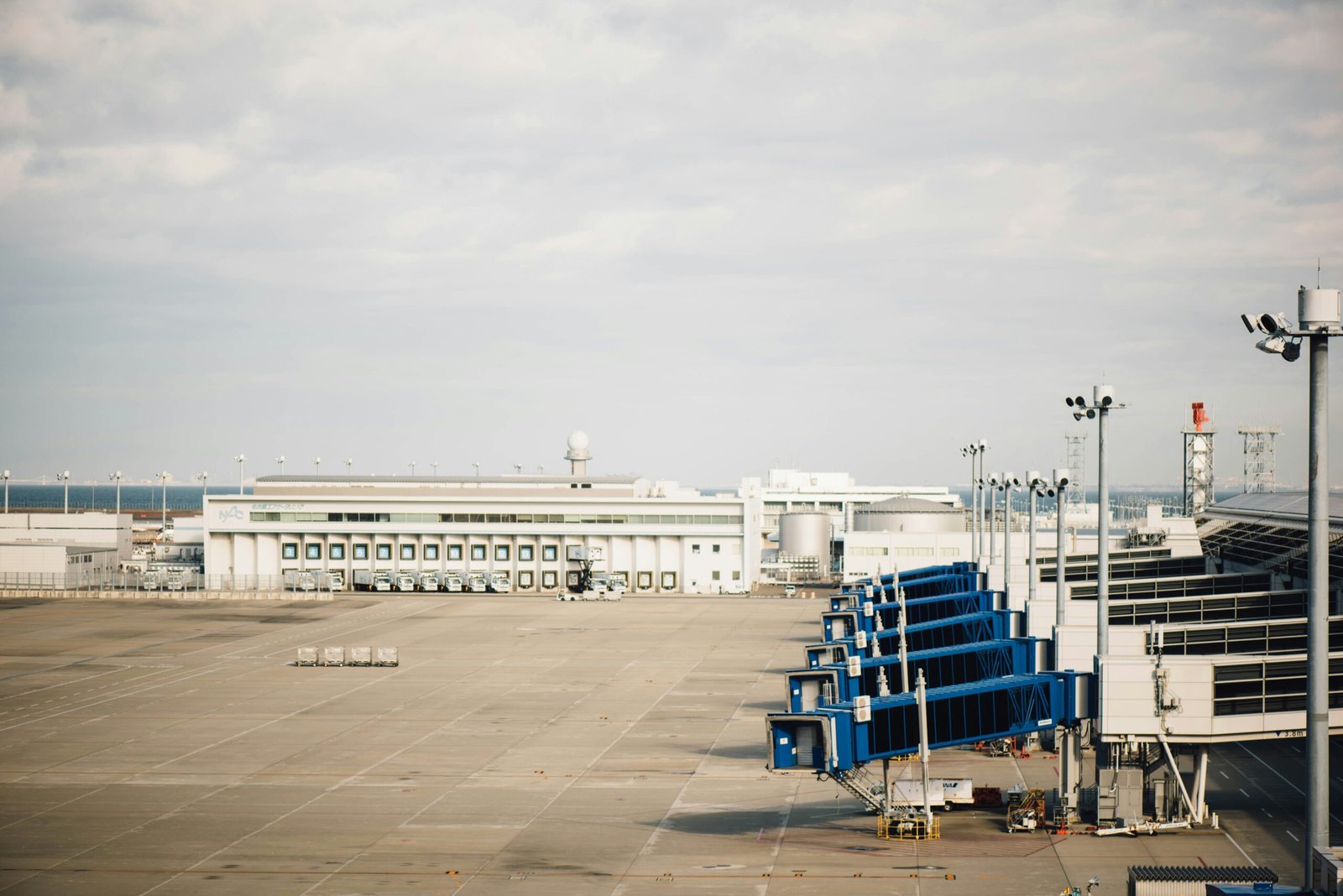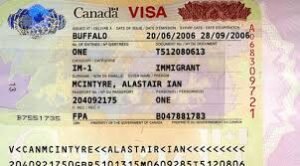Breaking Travel News: Latest Airline Routes and Expansions

Photo by CHUTTERSNAP on Unsplash
New Airline Routes and Expansions
Staying updated on the latest airline routes and expansions is crucial for both frequent and occasional travelers. Airlines continuously introduce new routes and expand their services for a variety of reasons, including meeting growing market demand, enhancing connectivity, and competing with rival carriers. Additionally, these strategic decisions are often aimed at promoting tourism and boosting the economic prospects of specific regions.
One of the driving factors behind the creation of new airline routes is the increasing demand for air travel. As more people choose to fly, airlines must adapt by providing additional routes to accommodate the growing number of passengers. This expansion not only helps to meet customer expectations but also alleviates congestion on popular routes. Impressive market research allows airlines to identify underserved destinations with potential passenger demand, thereby strategizing their route network to include these locations.
Enhancing connectivity is another vital aspect that influences airline route expansions. By adding new routes, airlines can offer more direct flights, reducing the need for layovers and shortening travel times. This improved network connectivity benefits passengers by offering them more convenient travel options and can enhance the overall travel experience.
Competition among airlines also plays a significant role in the introduction of new routes. To stay ahead in the competitive aviation market, airlines are continuously seeking opportunities to diversify their route portfolios. They aim to attract and retain customers by offering unique destinations and seamless connections that rival airlines may not provide.
The expansion of airline routes and services also has a positive impact on tourism. By introducing flights to new destinations, airlines can stimulate local economies through increased tourist arrivals. This influx of visitors can result in greater employment opportunities and economic growth for the regions served by these new routes.
For travelers, the continuous development of airline routes and expansions means more choices, competitive pricing, and potentially reduced travel costs. As airlines strive to meet demand and outperform competitors, passengers are the ultimate beneficiaries, enjoying improved travel options and enhanced experiences.
Major Airlines Announcing New Routes
In recent developments, several major airlines have unveiled plans to expand their networks with the addition of new routes. This strategic move is anticipated to facilitate greater connectivity and offer more travel options to passengers worldwide. These announcements come as the travel industry rebounds, reflecting a steady restoration of confidence among travelers and stakeholders alike.
One of the key announcements came from Delta Air Lines, which is set to introduce a new direct flight from New York’s John F. Kennedy International Airport (JFK) to Auckland, New Zealand. This non-stop service, expected to commence in June 2024, marks Delta’s first foray into long-haul routes to New Zealand. Speaking on this new development, Delta’s Senior VP of Network Planning, Joe Esposito, remarked, “This expansion is instrumental in meeting the growing demand for international travel and aligns with our objective of providing passengers with varied and seamless travel options.”
Similarly, Emirates has announced its ambitious plans to launch direct flights from Dubai to Mexico City starting in September 2023. This move is part of Emirates’ broader strategy to tap into the burgeoning Latin American market and strengthen its presence in the region. According to Adnan Kazim, Emirates’ Chief Commercial Officer, “This new route underscores our commitment to providing our customers with more destinations and fostering greater economic and tourism ties between the UAE and Mexico.”
British Airways is also set to broaden its transatlantic network with the introduction of a direct flight service from London Heathrow to Portland, Oregon. Scheduled for launch in May 2024, this route will provide a crucial link between the UK and the Pacific Northwest. British Airways’ Head of Network Planning, Neil Chernoff, noted, “Our new Portland service not only caters to business travelers but also offers leisure travelers a new gateway to explore the rich cultural and natural offerings of this vibrant city.”
These announcements from Delta Air Lines, Emirates, and British Airways signify a concerted effort by major airlines to not only recover from the pandemic’s impacts but also to strategically position themselves to capture emerging market opportunities. By expanding their route networks, these airlines enhance global connectivity and cater to evolving passenger demands.
Regional and Niche Airline Expansions
In the dynamic landscape of aviation, smaller and regional airlines are making significant strides by expanding their networks, thereby enhancing connectivity to various parts of the world. This year has seen notable developments from carriers like Alaska Airlines, Hawaiian Airlines, and JetBlue, all of which have strategically added new routes to their portfolios.
Alaska Airlines, for instance, has introduced direct flights connecting smaller cities such as Boise, Idaho, to major hubs like Los Angeles and San Francisco. This expanded network not only facilitates easier travel for residents in these regions but also promotes economic growth by attracting business and tourism. Similarly, Hawaiian Airlines has launched new services between Honolulu and Austin, tapping into a burgeoning market and providing a vital link between Texas and Hawaii.
The expansion by regional airlines offers profound economic and social benefits for the regions involved. Increased connectivity can catalyze local economies by facilitating trade, tourism, and investment. For underserved or emerging destinations, new flight routes can open doors to development, creating jobs and boosting local businesses. JetBlue’s recent addition of routes to lesser-known Caribbean destinations like Guadeloupe and Dominica exemplifies this trend, providing travelers with more options and supporting the hospitality sector in these regions.
Moreover, these expansions help to increase competition and elevate service levels in regional travel markets. When regional carriers expand their networks, it prompts larger airlines to improve their offerings, ultimately benefiting consumers through better services and potentially lower fares. Notably, the increased frequency of flights to under-served areas meets an often overlooked demand, making air travel more accessible.
Statistics underscore the growth in these segments. A report by the Regional Airline Association indicated a steady annual increase in passenger numbers for regional carriers, highlighting the rising significance of these airlines in the overall travel industry. This trend towards regional and niche airline expansions is undeniably shaping the future of air travel, making it more inclusive and comprehensive.
What Travelers Need to Know About These Changes
As airlines introduce new routes and expand their networks, travelers have a unique opportunity to explore more destinations than ever before. To make the most of these changes, consider booking deals as soon as they become available. Airlines often offer promotional fares for new routes to attract passengers, making it an ideal time to secure lower prices. Additionally, new routes could mean less crowded flights, enhancing your travel experience with more comfort and better service.
It’s also worthwhile to explore new destinations that might not have been on your radar before. With the expansion of airline networks, you have the chance to visit emerging tourist spots or lesser-known cities that offer rich cultural experiences and fewer crowds compared to traditional hotspots. Research these newfound locations to discover hidden gems and unique attractions that could provide memorable travel experiences.
Be aware of any changes in airline policies that might accompany these new routes. Some airlines may introduce new baggage fees or adjust their in-flight services to align with expanded routes. Always check the airline’s official website for the most up-to-date information regarding these policies to avoid any surprises at the airport. Staying informed can help ensure smooth travel and avoid additional costs.
Frequent flyer programs and loyalty benefits might also be impacted by these expansions. New routes could provide additional opportunities to earn miles or points, bringing you closer to your reward travel goals. Pay attention to any updates in the airline’s loyalty program that could offer bonus points or status upgrades for flying new routes. Being proactive in understanding these changes can help maximize your benefits.
To stay ahead in travel planning, it is essential to keep an eye on airline announcements. Subscribe to newsletters or follow airlines on social media platforms to receive timely updates about new routes, deals, and policy changes. Staying informed allows you to take advantage of promotional offers and ensure a hassle-free travel experience.







